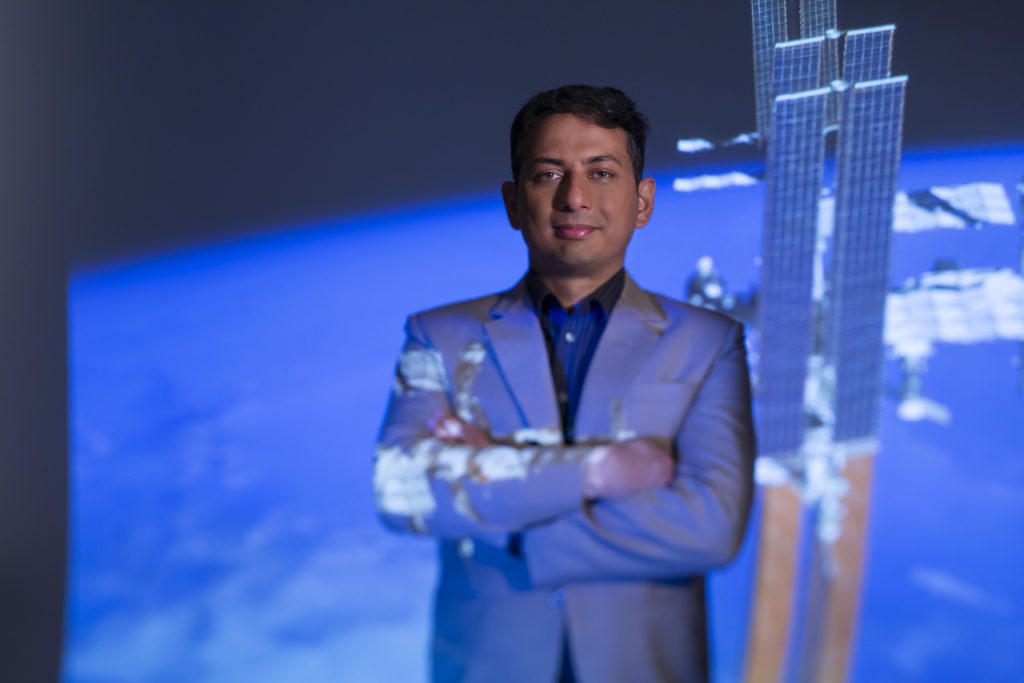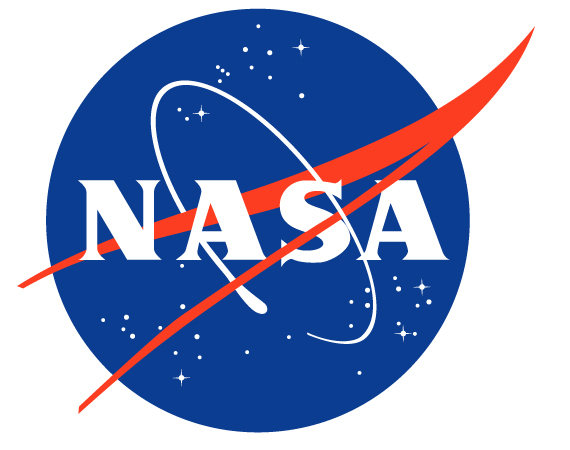Pathak is not new to working with NASA, and this is his third research award from NASA at Iowa State. The research team of Pathak and Napolitano also have another ISS Flight Opportunity grant funded by the NASA Established Program to Stimulate Competitive Research (EPSCoR) program, which allows them to conduct new soldering experiments onboard the ISS. Another member of Pathak’s group, graduate student Manish Kumar, has recently been awarded the 2022 Gravitational and Space Research Journal cover award. His work will be featured as the cover of the ASGSR’s Open-Access journal, Gravitational and Space Research for 2022.

